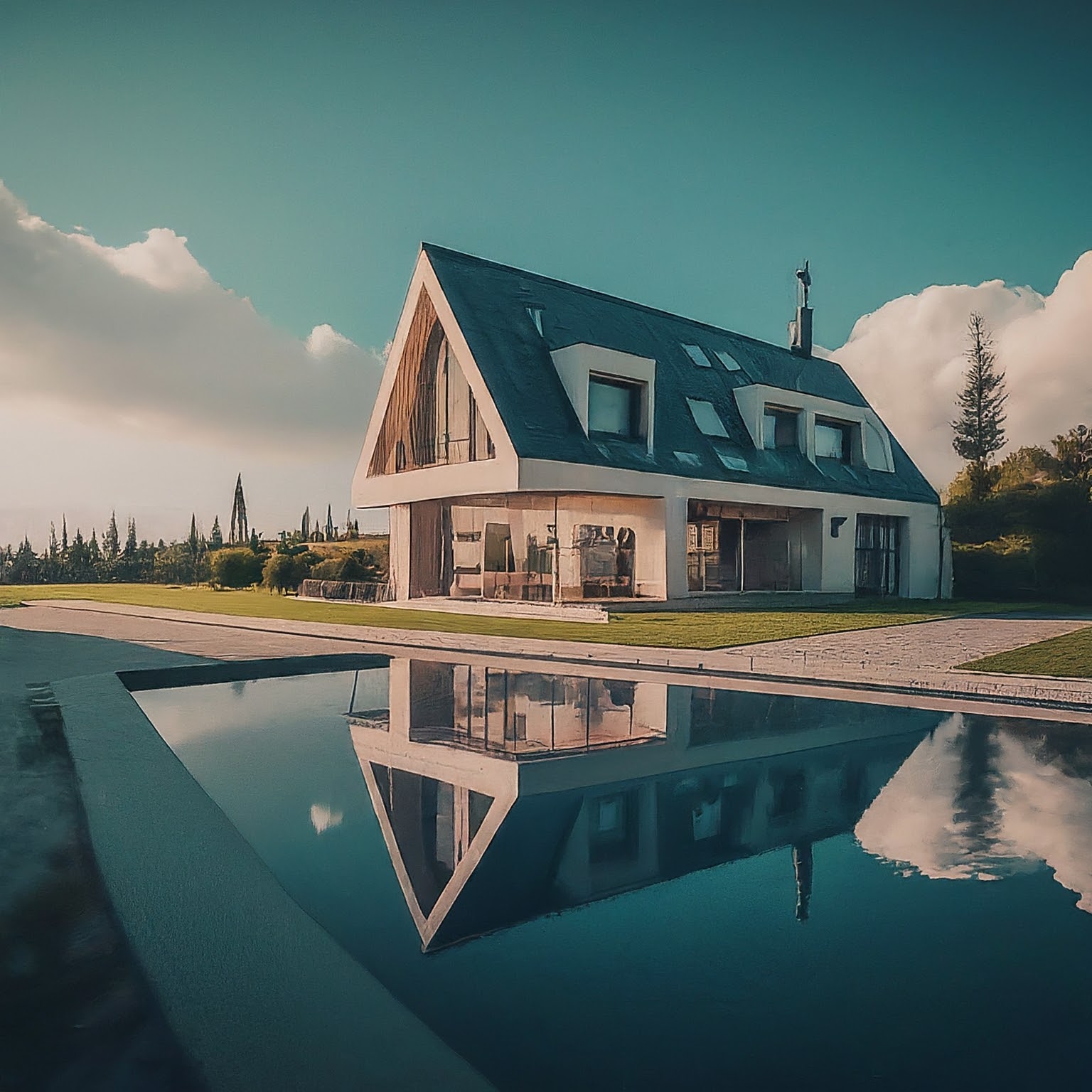- 13 May 2024
- 454
Finding Peace and Community in America’s Neighborhoods

Suburbia, once synonymous with monotony and conformity, is undergoing a profound transformation. Far from being just a bedroom community for urban workers, suburbs across America are evolving into vibrant and diverse hubs of community life. In this article, we delve into the phenomenon of suburban sanctuaries, exploring how these neighborhoods offer peace, tranquility, and a sense of belonging to their residents.
The Evolution of Suburbia

Gone are the days when suburbs were mere extensions of urban sprawl, characterized by cookie-cutter houses and strip malls. Today, suburbs are embracing their unique identities, with carefully planned communities offering a mix of residential, commercial, and recreational spaces. Developers are prioritizing green spaces, walkable neighborhoods, and sustainable design, fostering a sense of connection to nature and the environment.
Creating Community Spaces
One of the hallmarks of suburban sanctuaries is the emphasis on communal spaces that foster social interaction and a sense of belonging. Parks, community centers, and recreational facilities serve as gathering points where residents come together for leisure activities, cultural events, and neighborhood celebrations. These spaces not only promote physical health but also strengthen social bonds and build a sense of solidarity among neighbors.
Embracing Diversity
Contrary to stereotypes of homogeneity, suburbs today are increasingly diverse, both culturally and economically. Inclusive housing policies, mixed-income developments, and efforts to promote cultural exchange have contributed to greater diversity within suburban communities. This diversity enriches the social fabric of suburbs, fostering tolerance, understanding, and a spirit of collaboration among residents from different backgrounds.
Finding Peace in Nature
One of the most significant appeals of suburban living is the proximity to nature. Suburban sanctuaries boast ample green spaces, including parks, nature reserves, and landscaped gardens, providing residents with opportunities for outdoor recreation and relaxation. Access to nature has been linked to improved mental health, reduced stress, and increased overall well-being, making suburbs an attractive option for those seeking a tranquil lifestyle.
Analysis Table: Suburban vs. Urban Living
| Aspect | Suburban Living | Urban Living |
|---|---|---|
| Housing Options | Single-family homes, townhouses, and condominiums | Apartments, lofts, and condominiums |
| Cost of Living | Generally lower cost of housing and living expenses | Higher cost of housing and living expenses |
| Commute Times | Longer commute times by car | Shorter commute times, often walkable |
| Green Spaces | Ample green spaces and access to nature | Limited green spaces, reliance on parks |
| Sense of Community | Strong sense of community and social ties | Diverse communities, but may lack cohesion |
| Cultural Offerings | Limited cultural amenities, but growing | Abundant cultural offerings and entertainment |
| Noise and Pollution | Lower levels of noise and pollution | Higher levels of noise and pollution |
| Quality of Schools | Varied quality of schools, often dependent on region | Access to a wide range of educational options |
Conclusion
Suburban sanctuaries represent a new paradigm of suburban living, characterized by a harmonious blend of tranquility, community, and diversity. As more people seek refuge from the hustle and bustle of city life, suburbs are emerging as ideal destinations for those craving a sense of peace and belonging. By embracing sustainable development practices, fostering social cohesion, and prioritizing access to nature, suburban communities are redefining the American Dream for the 21st century.
In summary, suburban sanctuaries offer not only a place to call home but also a way of life that prioritizes well-being, community, and connection to the natural world. As suburbs continue to evolve, they have the potential to become even more vibrant and inclusive spaces where residents can thrive and find fulfillment.

